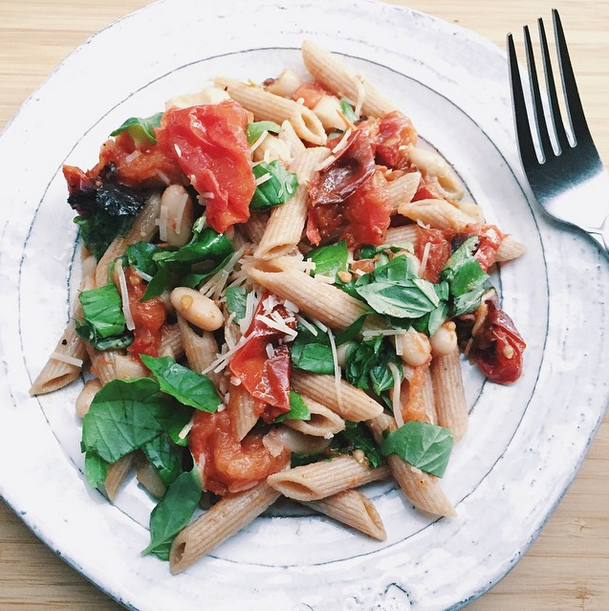I’m not eating any carbs, because they make your blood sugar spike. Nobody should eat grains; they all have a high glycemic index, especially pasta. If youve heard and believed statements like these, the truth may surprise you: many grains have a very low glycemic index including pasta. And a large body of research ties whole grain consumption to reduced risk of diabetes and inflammation.
It’s true that blood sugar levels matter. Researchers link many chronic diseases, from diabetes to heart disease, with eating too many foods that send your blood sugar on a roller coaster ride. Indeed, when you eat such foods, especially those made with highly processed grains and sugar, your blood sugar can spike then quickly plummet, leaving your energy depleted and causing damage to essential bodily systems, potentially affecting everything from cancer risk to brain health. Its healthier to choose foods that provide a steady, slow release of glucose (blood sugar).
The Glycemic Index rates how quickly carbohydrate foods are converted into glucose and you may be surprised to learn that many grain foods have a low GI score (considered 55 or less on the 1 to 100 GI scale). Virtually all intact whole grains have a very low GI score.
Check out these typical scores:
| Grain Food | GI Score |
| Whole grain barley | 25 |
| Rye berries | 35 |
| Buckwheat | 45 |
| Brown rice | 48 |
| Whole wheat pasta | 37 |
| White pasta | 45 |
Even if you’re aware that whole intact grains eaten in porridges and pilafs, grain salads and soups have a low glycemic index, you may be surprised to see pasta keeping good company with these intact grains.
Pasta has a low GI score, with whole grain spaghetti rating about 37, and even white pasta coming in at 42-45. Thats because the starch structure of pasta causes it to be digested much more slowly than the same amount of flour made into bread. Thats what makes pasta uniquely healthy. (A hot tip: al dente pasta has a lower GI than overcooked pasta, so cook your pasta like the Italians do. Then eat it with plenty of vegetables and beans or fish, for a healthy pasta meal.)
Besides starch structure, many other things affect how a particular food or meal impacts your blood sugar. Acidic foods lower your glycemic response, so eat your breakfast cereal with some tangy plain yogurt, and add a salad with vinaigrette dressing to your dinner.
Particle size and fiber also lower glycemic impact. Breads made with coarsely-ground whole grain flour and with grainy bits included are a better choice than fully light breads (even those made with whole wheat flour tend to have high GI scores). Sourdough breads have a lower GI than yeast breads, too, so a chewy whole grain sourdough loaf is a great choice among breads. In fact, an April 2017 study in the British Journal of Nutrition cites several bread-making factors that lower the GI of breads and urges commercial bakers to incorporate such techniques to improve public health.
Want more tips for better blood sugar control, plus a quick overview of Glycemic Index and related topics Check out our October 2017 blog titled Good Carbs vs. Bad Carbs: Carb Quality Common Sense to polish up your carb-choosing skills.
Don’t avoid grains. Just eat the right ones, especially intact whole grains and pasta, to fuel your body slowly and steadily while supporting good health.
If you’re interested in healthy eating, join the Make Every Day Mediterranean Club Facebook group for additional information and support.




